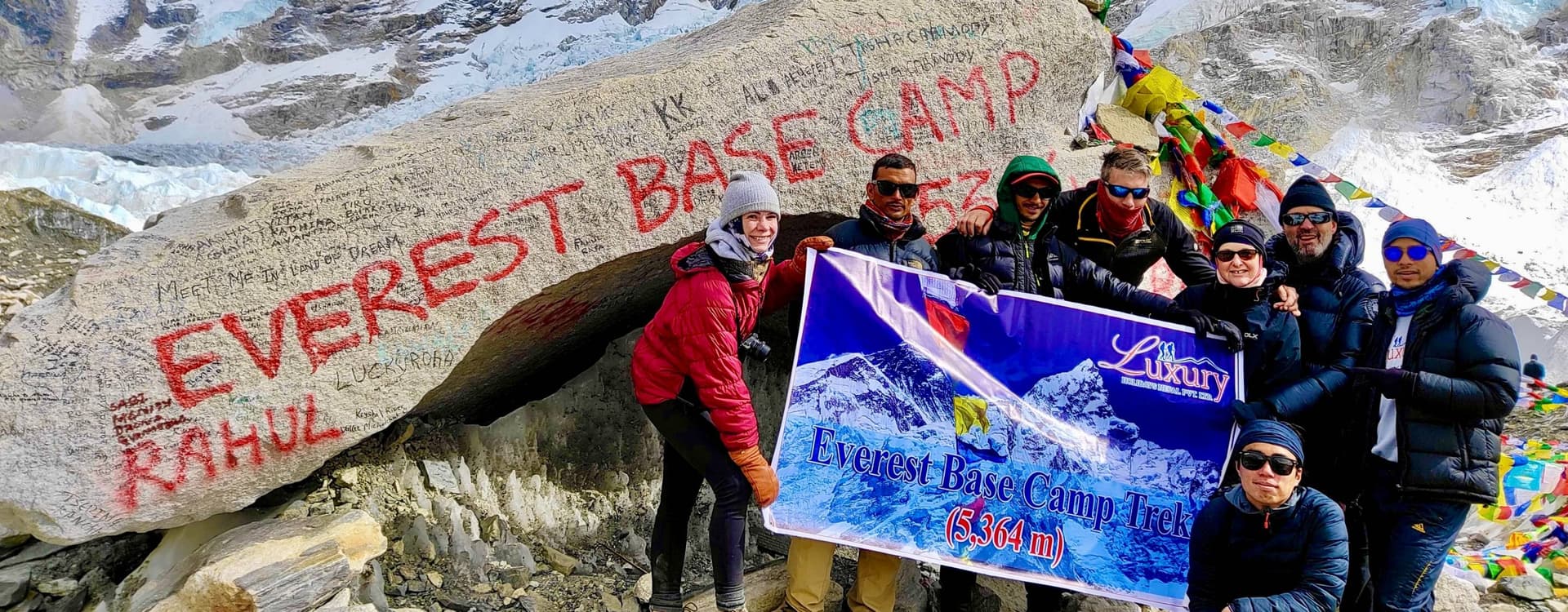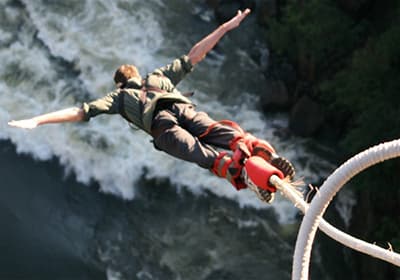Ever stood at 17,600 feet with the world's highest peak towering above you? That's the Everest Base Camp Trek – not just a hike, but the adventure of a lifetime through Nepal's breathtaking Himalayan landscape.
Your trek to Everest Base Camp isn't just about reaching that iconic destination. It's about the journey through charming Sherpa villages, ancient monasteries, and landscapes that shift from lush forests to glacial moraines.

Sure, you'll snap that obligatory EBC photo, but the real magic happens in the unexpected moments – like when prayer flags flutter against snowy peaks at sunrise or when you share butter tea with locals who've called these mountains home for generations.
Ready to discover what makes this trek legendary beyond just the altitude? The surprises along the way might just leave you speechless.
Preparing for Your Everest Base Camp Trek
Essential gear and equipment for a comfortable journey
Trekking to Everest Base Camp isn't your average walk in the park. We've guided countless adventurers through this iconic trek, and we can't stress enough how crucial proper gear is.
First things first: good boots. We recommend waterproof hiking boots with ankle support that you've broken in before the trek. Nothing ruins an adventure faster than blisters on day two!
Layering is your best friend in the Himalayas. We pack:
- Moisture-wicking base layers
- Warm mid-layers (fleece works great)
- A quality down jacket
- Waterproof outer shell
- For sleeping, we always bring a four-season sleeping bag rated for at least -10°C. The teahouses get cold at night!
Other essentials we never trek without:
- Trekking poles (your knees will thank you)
- UV-protective sunglasses
- Headlamp with extra batteries
- Water purification tablets
- Quick-dry towel
- First aid kit with blister treatment
Don't skimp on your daypack either. We need something comfortable with a capacity of 25-35 liters to carry water, snacks, extra layers, and camera gear during daily hikes.
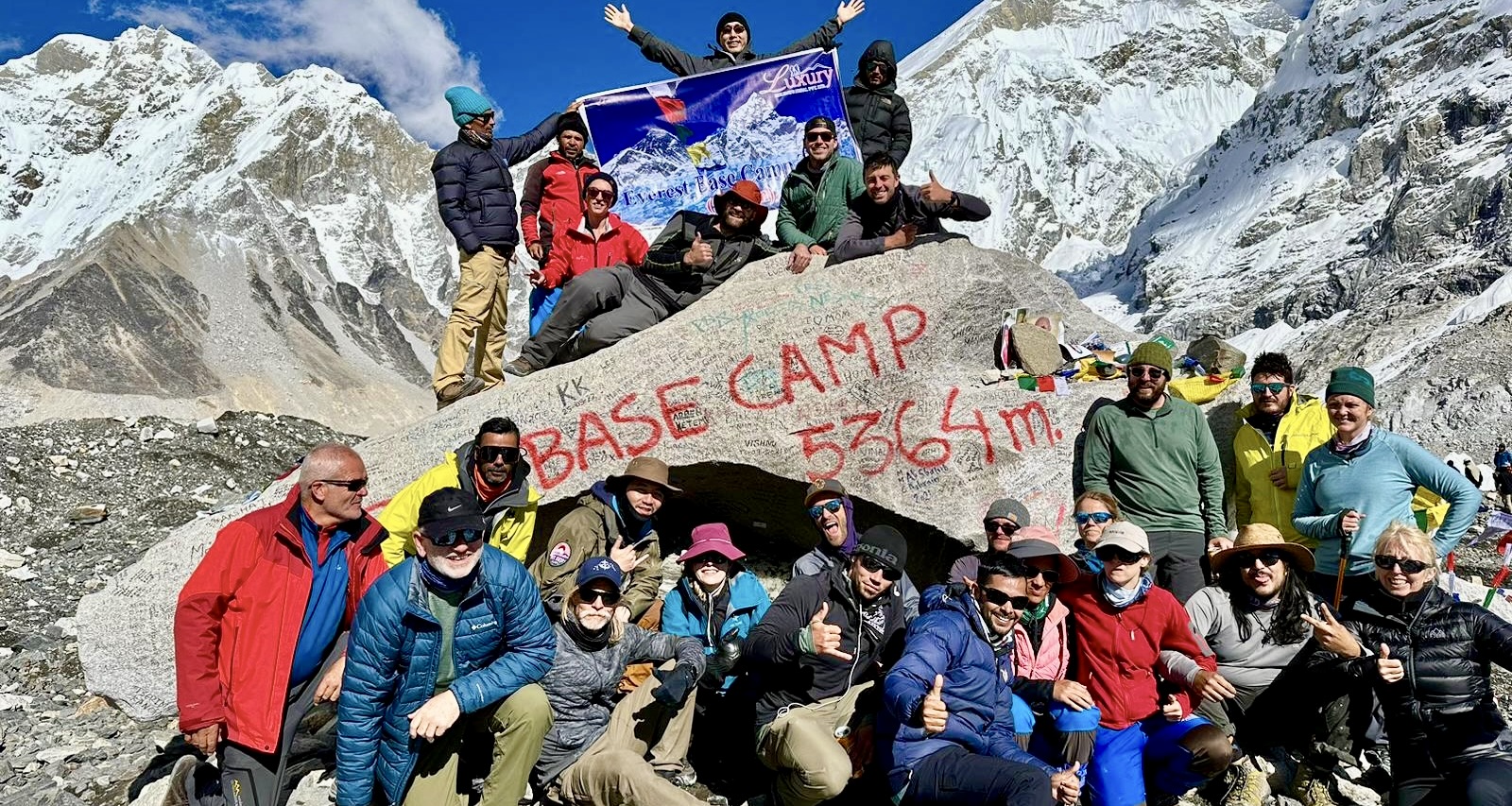
Physical training and fitness tips
The EBC trek isn't about speed—it's about endurance. We start preparing at least 3-4 months before departure.
Our training routine includes:
- Regular cardio (hiking, stair climbing, cycling)
- Strength training focusing on legs and core
- Practice hikes with a loaded backpack
- Gradual increase in duration and elevation gain
What works best? We hit the local hills or stadium stairs twice weekly with our loaded packs. Even if you live somewhere flat, treadmill incline training helps condition those climbing muscles.
Breathing exercises make a huge difference, too. We practice deep breathing techniques to maximize oxygen efficiency, critical at higher altitudes.
Don't forget mental preparation. The trek challenges you physically and mentally. We visualize success but also prepare for tough days. Some days you'll feel the altitude, other days your body might be sore. Pushing through these challenges is part of the journey.
Best time of year to experience the trek
The weather window for Everest Base Camp isn't year-round. We've guided treks in all seasons, and there are definitely sweet spots.
Spring (March-May) brings warmer temperatures and those stunning rhododendron blooms in the lower valleys. The mountain views get clearer as you climb higher. May can get busier as climbing expeditions head to Everest.
Fall (September-November) is our favorite. The skies are typically crystal clear after monsoon season, offering the most consistent mountain views. The trails are drier, and the temperatures are comfortable for trekking.
Winter (December-February) offers solitude but comes with challenges—temperatures can drop below -20°C at higher elevations, and some high passes might be snow-covered.
We generally avoid the summer monsoon season (June-August) when trails become muddy, leeches appear in lower elevations, and clouds often obscure those million-dollar views.

Understanding altitude sickness and prevention measures
Altitude sickness doesn't care about your fitness level—it can affect anyone. We take this seriously on every trek.
The golden rule we follow: ascend slowly. Our itineraries build in proper acclimatization days where we hike higher but sleep lower. This "climb high, sleep low" approach gives your body time to adjust.
Signs we watch for:
- Persistent headache
- Nausea or vomiting
- Dizziness or lightheadedness
- Fatigue beyond normal tiredness
- Difficulty sleeping
Prevention is our priority. We drink at least 3-4 liters of water daily to stay hydrated (avoid alcohol). Some of our guests take Diamox (acetazolamide) as a preventative measure after consulting their doctors.
The most important thing? Listen to your body. We've turned around trekkers showing serious symptoms—there's no shame in that. The mountains will always be there for another attempt. We've seen too many people push through symptoms only to require emergency evacuation later.
Spectacular Viewpoints Along the Route
Capturing the perfect sunrise at Kala Patthar
Nothing compares to watching the first golden rays illuminate the highest peak on Earth. We always tell our trekkers that a pre-dawn hike to Kala Patthar (5,644m) is absolutely worth the 4 am wake-up call. The summit offers the most spectacular sunrise views of Mount Everest, with the golden glow gradually painting the massive Himalayan peaks. Bring extra batteries for your camera – the cold drains them quickly, and you'll want dozens of shots as the light changes by the minute.

Everest View Hotel - a unique perspective
We love stopping at the famous Everest View Hotel in Syangboche. This iconic establishment sits at 3,880m and offers jaw-dropping mountain panoramas from its terrace. Grabbing a hot cup of masala tea while gazing at Everest, Lhotse, and Ama Dablam feels almost surreal. Many of our guests consider this midday break one of their trip highlights - where else can you sip coffee with the world's highest peak framed perfectly through the window?

Panoramic vistas from Tengboche Monastery
The setting of Tengboche Monastery simply takes our breath away every time. Perched at 3,867m, this spiritual center offers unobstructed views of Everest, Lhotse, and the perfect pyramid of Ama Dablam. We time our visits for late afternoon when the light bathes the mountains in a soft glow. The juxtaposition of ancient Buddhist architecture against the Himalayan giants creates photography opportunities you won't find anywhere else on Earth.
Photography opportunities at Gokyo Ri
We always recommend the Gokyo Lakes extension for serious photographers. The panorama from Gokyo Ri (5,357m) captures four 8,000m+ peaks: Everest, Lhotse, Makalu, and Cho Oyu. The turquoise lakes below create stunning foreground elements for your shots. Morning light here turns the mountains into a canvas of oranges and pinks. Pack a wide-angle lens – the sweeping views are simply too vast to capture otherwise.

Sunset views from Nangkartshang Peak
This hidden gem near Dingboche offers some of our favorite sunset views along the route. The 4-hour round-trip climb rewards you with incredible vistas of Makalu, Lhotse, Ama Dablam, and the Imja Valley below. We've found this spot less crowded than other viewpoints, giving you space to soak in the alpenglow as it paints the mountains in vibrant red and orange hues. The changing colors on Ama Dablam's face as the sun sets create a memory that stays with our guests forever.
Cultural Immersion Experiences
Visiting ancient Buddhist monasteries
The Everest region is dotted with centuries-old monasteries that tell the spiritual story of the Himalayas. We always recommend our trekkers take time to visit Tengboche Monastery – the largest in the Khumbu region. Perched at 3,867 meters, this sacred place offers not just spiritual significance but also breathtaking panoramic views of Everest, Lhotse, and Ama Dablam.
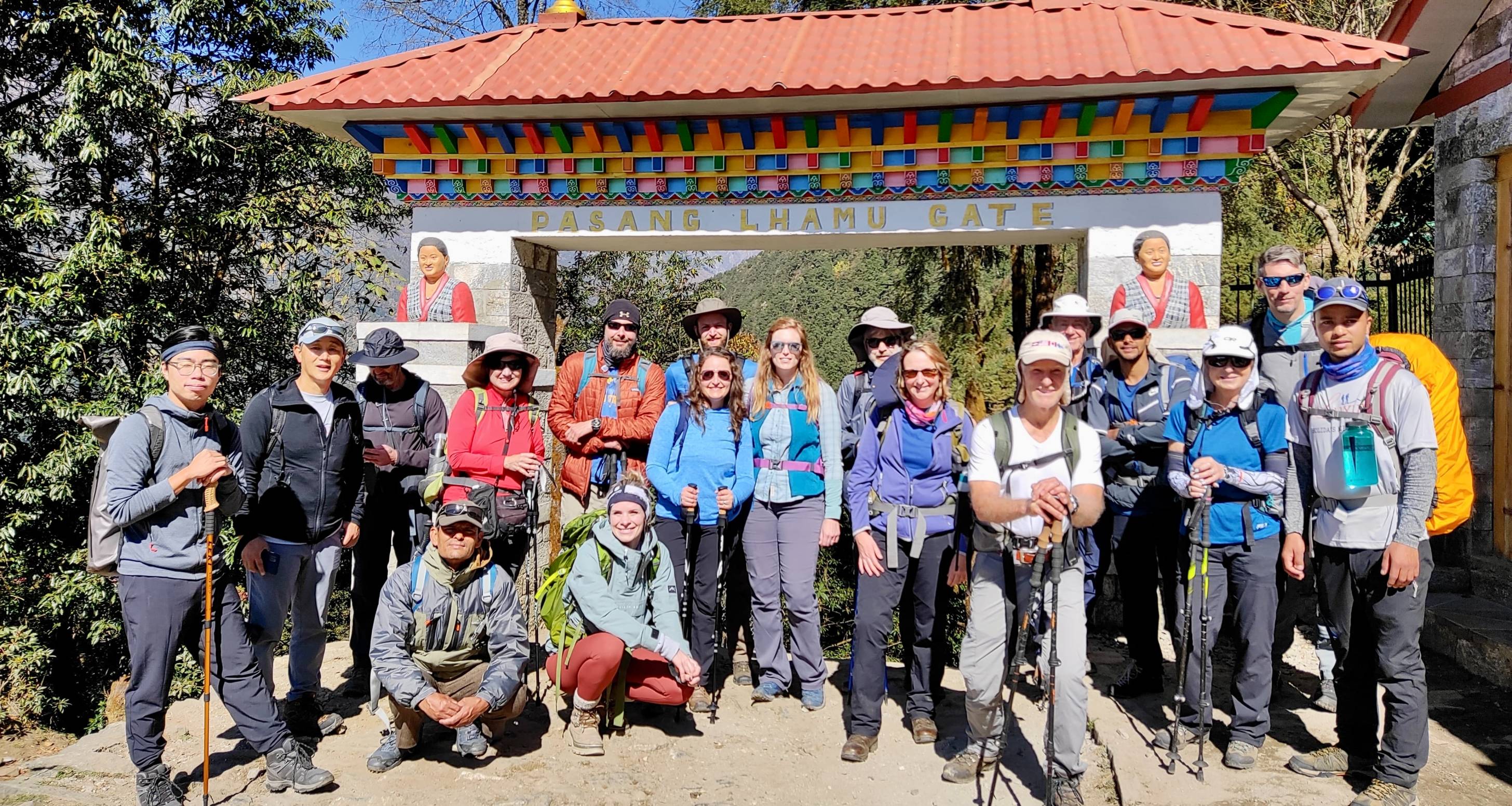
During our visits, monks welcome us into their world of ancient rituals and prayers. The afternoon chanting ceremonies are particularly moving, with deep horns and rhythmic drums filling the thin mountain air. We've seen countless trekkers sit in peaceful meditation, absorbing the serene atmosphere that feels worlds away from bustling city life.
Interacting with Sherpa communities
The legendary Sherpa people are the heart and soul of the Everest region. We make it a point to create authentic connections with these incredible mountain dwellers during our treks. In villages like Namche Bazaar, Khumjung, and Phortse, we often stop for butter tea in local homes where families share stories passed down through generations.
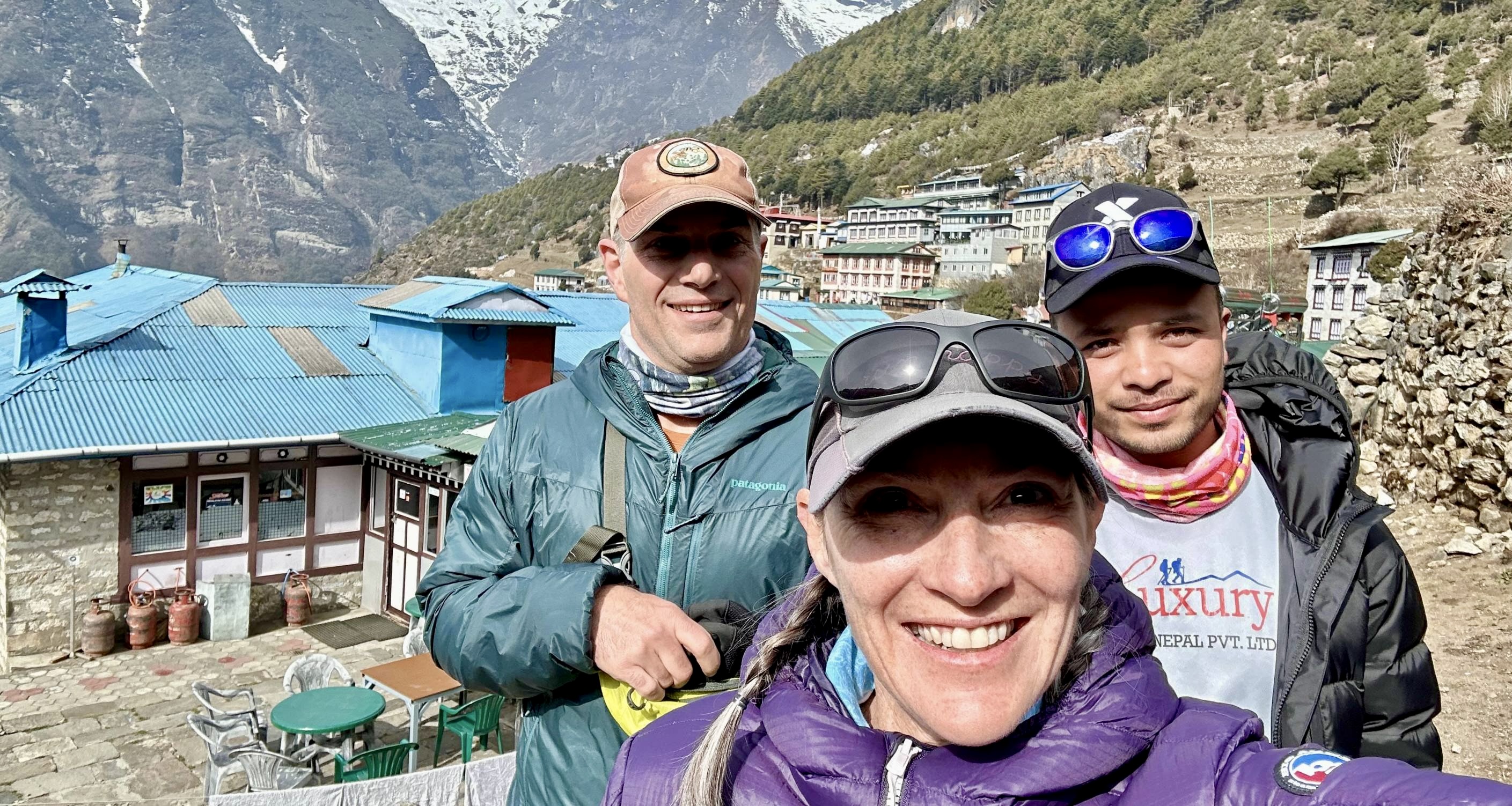
What strikes us most is their incredible hospitality despite living in one of the world's harshest environments. Their Buddhist philosophy and deep connection to the mountains shape every aspect of their lives. We've found that learning a few Sherpa phrases goes a long way – a simple "Tashi delek" (hello/good luck) always brings warm smiles.
Participating in local festivals, if timed right
Talk about perfect timing! If your trek coincides with local festivals like Mani Rimdu or Losar, you're in for an unforgettable cultural treat. These vibrant celebrations feature colorful masked dances, intricate sand mandalas, and joyous community gatherings.
We've guided treks during Mani Rimdu at Tengboche Monastery, watching in awe as monks perform sacred "cham" dances representing the victory of Buddhism over ancient Bon practices. The atmosphere is electric – locals and trekkers alike gathering to witness these centuries-old traditions.
Our favorite part? The communal feasting! Nothing beats sharing traditional foods while surrounded by prayer flags fluttering against snowcapped peaks.
Learning about mountaineering history at the Everest Museum
The Everest Museum in Namche Bazaar is a must-visit stop on our treks. This small but fascinating space chronicles the incredible history of Everest expeditions, from early attempts to modern-day achievements.
We always spend time examining the historic photographs, equipment displays, and personal accounts that bring mountaineering legends to life. The museum offers powerful insights into both the triumphs and tragedies that have unfolded on Everest's slopes.
What really captivates our trekkers is learning about Tenzing Norgay and Edmund Hillary's historic first summit in 1953. The museum helps us appreciate the courage of these pioneers who ventured into the unknown with equipment that looks primitive by today's standards.
Unique Adventures Beyond Trekking
Taking a helicopter tour for aerial views
Nothing beats seeing the Himalayas from above. We offer helicopter tours that give you a bird's-eye view of Everest and surrounding peaks—something most trekkers never experience. The thrill of soaring over the valleys and glaciers you just hiked through? Absolutely mind-blowing. Many of our guests tell us this was the highlight of their trip, especially when we fly close to Khumbu Icefall or circle around Ama Dablam.
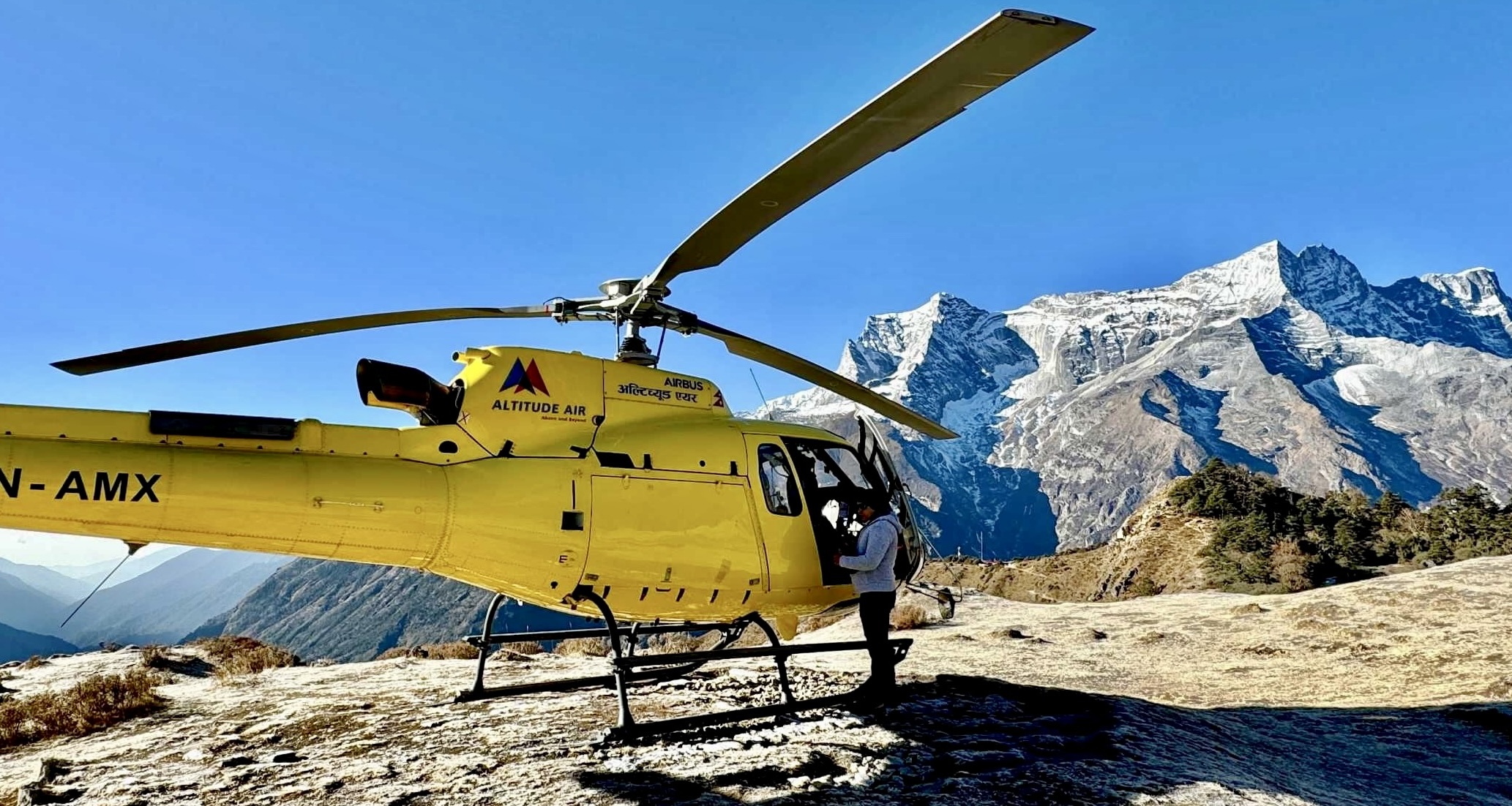
Crossing dramatic suspension bridges
Those famous blue and red suspension bridges aren't just practical—they're pure adventure. We cross several on our treks, including the famous Hillary Suspension Bridge that dangles 70 meters above the Dudh Kosi River. The gentle swaying while you're suspended hundreds of feet above rushing water gets your heart racing every time. Don't worry though—we've crossed these countless times and they're perfectly safe!
Exploring hidden valleys and glacial lakes
We love taking our guests off the main trail to discover secluded spots most trekkers miss. The turquoise waters of Gokyo Lakes are a favorite detour, where we often stop for tea while watching the sunlight play across the water. The hidden Thame Valley offers glimpses into traditional Sherpa life away from the busier EBC route.
Stargazing in the Himalayan night sky
The night sky at high altitude is something you have to see to believe. We often gather our groups outside after dinner when the weather's clear. With zero light pollution at 5,000+ meters, the Milky Way looks close enough to touch. Our guides point out constellations that look completely different from this perspective than they do back home.
Wildlife spotting opportunities
The Khumbu region isn't just about mountains—it's teeming with unique wildlife. We regularly spot Himalayan tahr perched on impossible cliffs, and if we're lucky, the elusive snow leopard. Colorful danphe (Nepal's national bird) often flutters across our path. One of our favorite moments is pointing out the massive Himalayan griffon vultures that soar on thermals above the valleys, their wingspans reaching nearly 10 feet.
Luxury Accommodations and Services
Premium tea houses with enhanced amenities
Gone are the days when trekking to Everest Base Camp meant roughing it in basic accommodations. We've curated relationships with the finest tea houses along the route, offering you a level of comfort you might not expect at such altitudes.
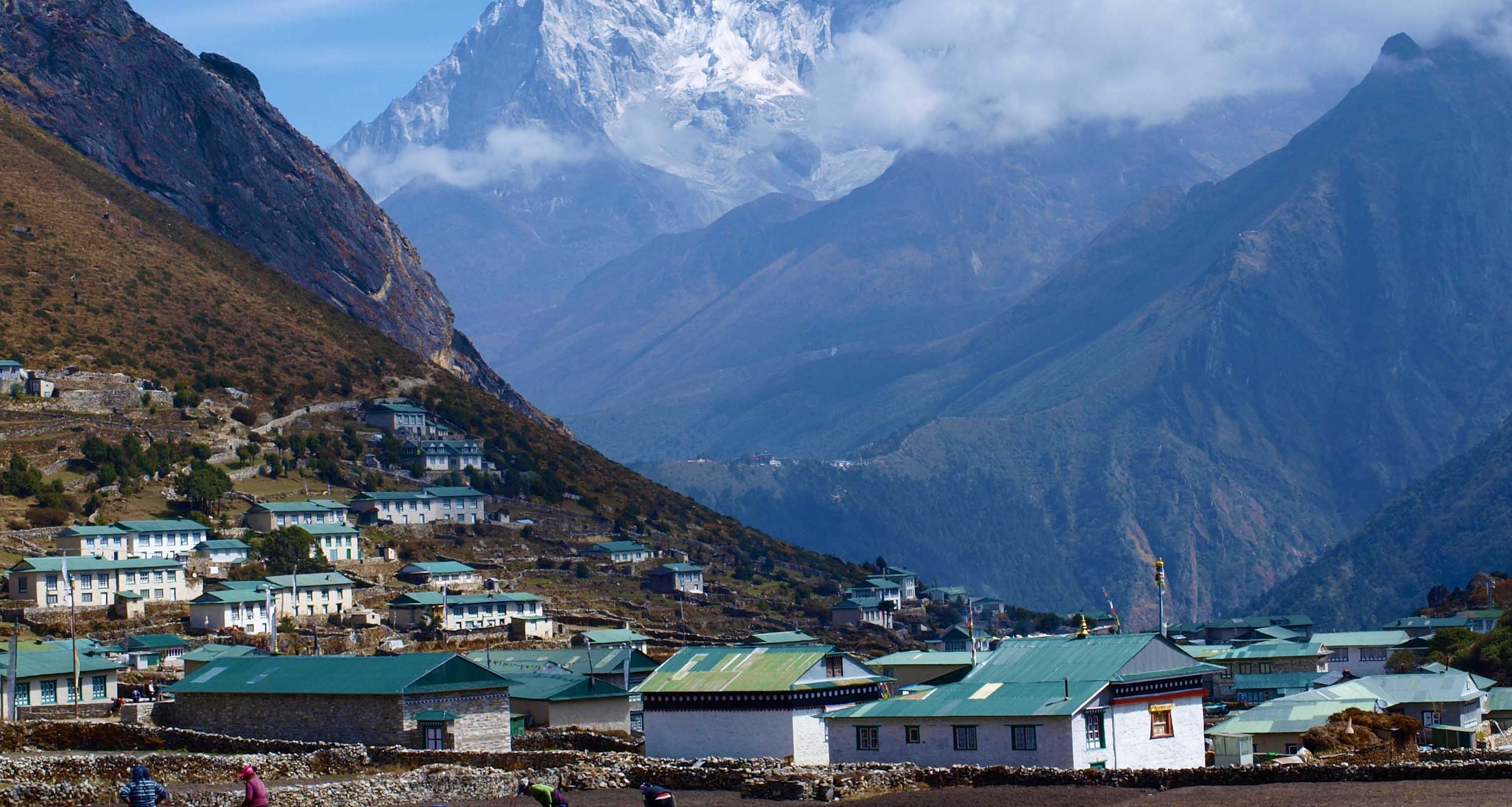
These premium establishments feature private rooms with en-suite bathrooms, hot showers, and electric blankets to keep you cozy during those chilly mountain nights. Most of our selected lodges offer reliable Wi-Fi connections, allowing you to share your journey with loved ones back home.
The difference is in the details - from quality mattresses that soothe tired muscles to 24-hour electricity that many standard tea houses simply don't provide.
Gourmet dining experiences at altitude
Why settle for basic dal bhat when you can enjoy carefully prepared international cuisine? We work with talented chefs who create remarkable meals despite the logistical challenges of high-altitude cooking.

Our trekkers enjoy fresh coffee, homemade pastries, and multi-course dinners featuring both local and international flavors. We've arranged special menu options that incorporate organic, locally-sourced ingredients whenever possible.
Private guides and customized itineraries
Cookie-cutter treks aren't our style. We pair you with experienced guides who become your personal mountain companions, adjusting the pace to match your abilities and interests.
Want to spend an extra day in a charming village? Interested in a detour to a lesser-known viewpoint? Our flexible itineraries adapt to your wishes, not the other way around.
Spa and wellness treatments in select locations
The ultimate luxury after a day on the trail? A massage to ease those sore muscles. We've identified several locations along the route where skilled therapists offer treatments designed specifically for trekkers.
From hot stone therapies in Namche Bazaar to aromatherapy sessions in Dingboche, these unexpected indulgences transform your Everest experience from challenging to rejuvenating.
Capturing Memorable Moments
Best photography spots and techniques
The Himalayas offer some of the most jaw-dropping backdrops you'll ever point a camera at. We've found that early mornings at Kala Patthar give stunning golden light on Everest's peak. The prayer flags at Namche Bazaar create perfect framing elements against the mountain backdrop.
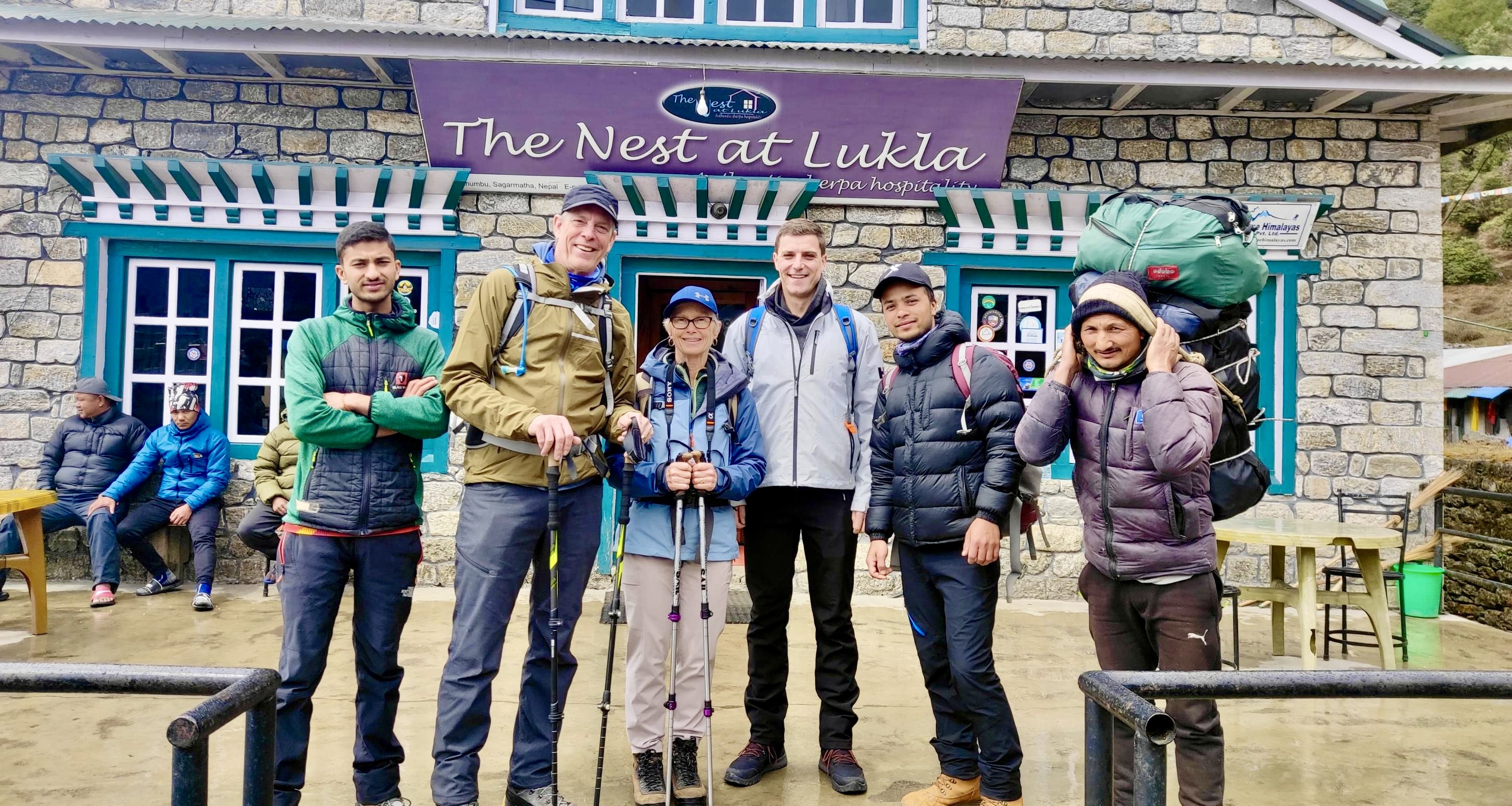
When shooting in the mountains, we always carry extra batteries (the cold drains them quickly) and keep our cameras inside our jackets when not in use. For those epic landscape shots, we use the rule of thirds and include a person or prayer flags in the foreground to show scale. Those tiny humans against massive mountains? That's the money shot.
Journaling your experience
We've never regretted carrying a small notebook during our treks. Something magical happens when you scribble your thoughts while sipping hot tea at a teahouse. The altitude affects everyone differently, and recording your daily experiences creates a treasure you'll revisit for years.
Quick tip: jot down conversations with locals, funny moments with your group, and how your body feels each day. These details fade faster than you'd think.
Meaningful souvenirs to bring home
Skip the typical tourist trinkets. We've found that locally crafted prayer flags from Namche Bazaar carry genuine energy from the mountains. Hand-knitted yak wool hats and gloves from village markets support local artisans and make practical mementos.
The most meaningful souvenirs? Small stones collected at significant points (just one or two, and never from protected areas), a pressed flower from lower elevations, or your EBC permit stamp. These simple items will transport you back instantly.
Creating connections with fellow trekkers
The trail to Everest becomes a temporary community. We always join the common table at teahouses instead of sitting alone. The stories shared over dal bhat with German doctors, retired Australian teachers, or young Israeli backpackers often become highlights of our journey.
Exchange contact details with people you click with. We've crashed on couches around the world thanks to friendships formed while huffing up Himalayan trails. The shared struggle creates bonds that last long after your boots are cleaned and packed away.
Responsible Tourism Practices
Supporting local conservation efforts
We believe that trekkers should actively support conservation in the Everest region. When you book with us, a portion of your fee goes directly to local conservation initiatives like the Sagarmatha Pollution Control Committee. During your trek, you'll see firsthand how these efforts help preserve the delicate Himalayan ecosystem. We encourage our trekkers to learn about local wildlife protection programs and consider making additional donations to organizations working to protect endangered species like the snow leopard.
Minimizing your environmental footprint
The fragile mountain environment demands our respect. We implement a strict "pack in, pack out" policy – everything we bring must leave with us. Our guides are trained in Leave No Trace principles and will help you manage waste properly throughout the journey. We provide reusable water bottles and purification systems to eliminate plastic waste. Simple actions make a huge difference: staying on marked trails prevents erosion, using biodegradable soaps keeps water sources clean, and minimizing battery usage reduces hazardous waste.
Respecting cultural norms and traditions
The Sherpa culture is rich with traditions that have thrived for centuries. We always ask permission before photographing locals or religious sites. When passing mani stones, prayer flags, or stupas, we move clockwise around them as local tradition dictates. Our trekkers dress modestly, particularly when visiting monasteries or homes. Learning a few Nepali or Sherpa phrases goes a long way in showing respect and building connections with the people who call these mountains home.
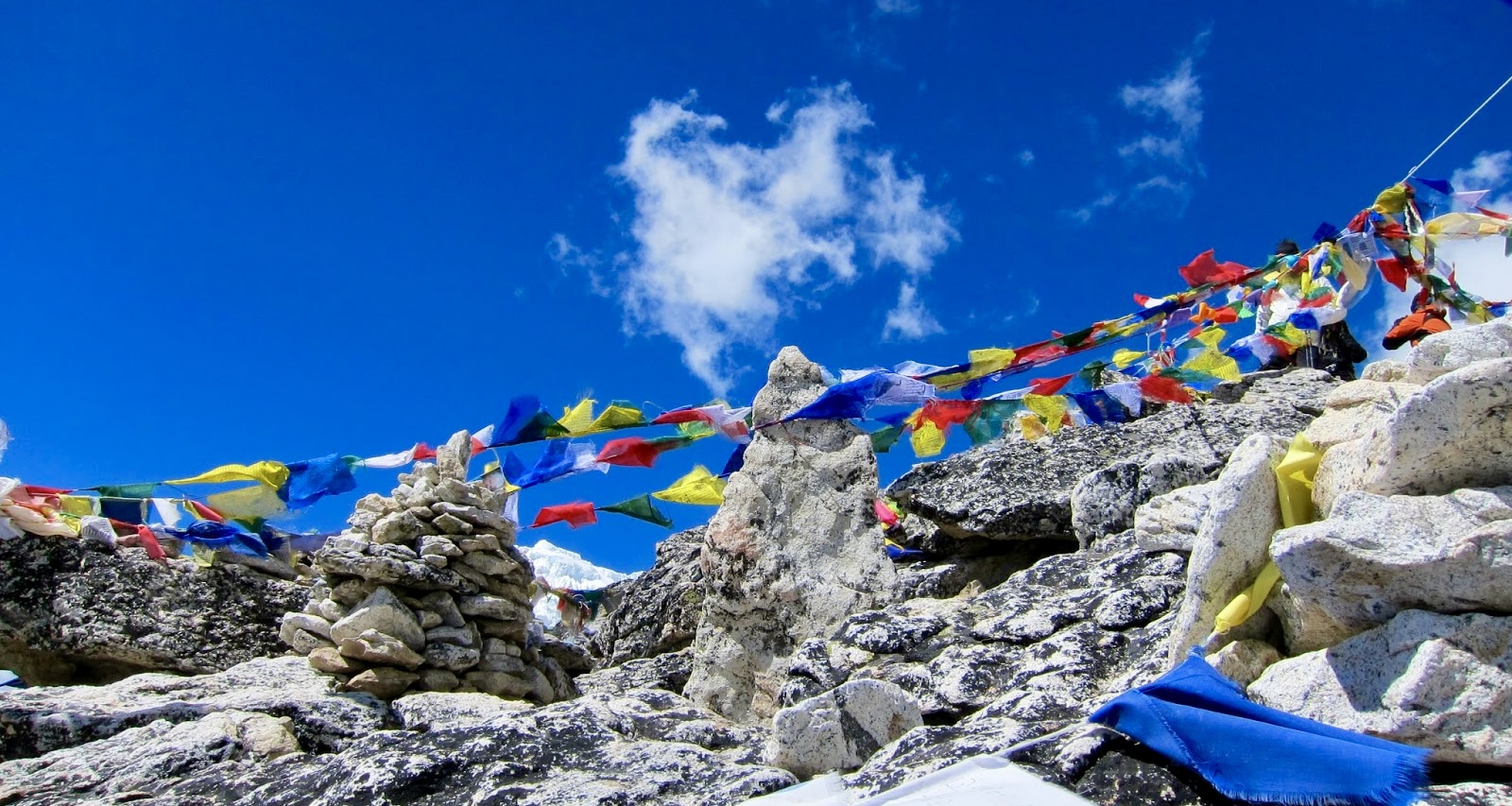
Contributing to community development projects
We partner with schools and healthcare facilities throughout the Khumbu region. Many of our treks include visits to these projects, where you'll see how tourism directly benefits local communities. We encourage trekkers to bring educational supplies for village schools or contribute to health post funding. Our company employs local porters and guides, ensuring tourism dollars stay in the region. We've helped establish sustainable income projects for women's cooperatives, creating economic opportunities beyond the trekking season.
Top Things to Do During the Everest Base Camp Trek
Your journey to Everest Base Camp offers far more than just the physical achievement of reaching this iconic destination. From witnessing breathtaking Himalayan panoramas at viewpoints like Kala Patthar to immersing yourself in Sherpa culture through monastery visits and traditional tea house stays, every moment presents an opportunity for profound connection. The trek also allows for unique side adventures—like flying in helicopters over glaciers or stargazing beneath the clearest skies on Earth—all while enjoying surprisingly comfortable accommodations that provide a welcome respite after challenging days on the trail.
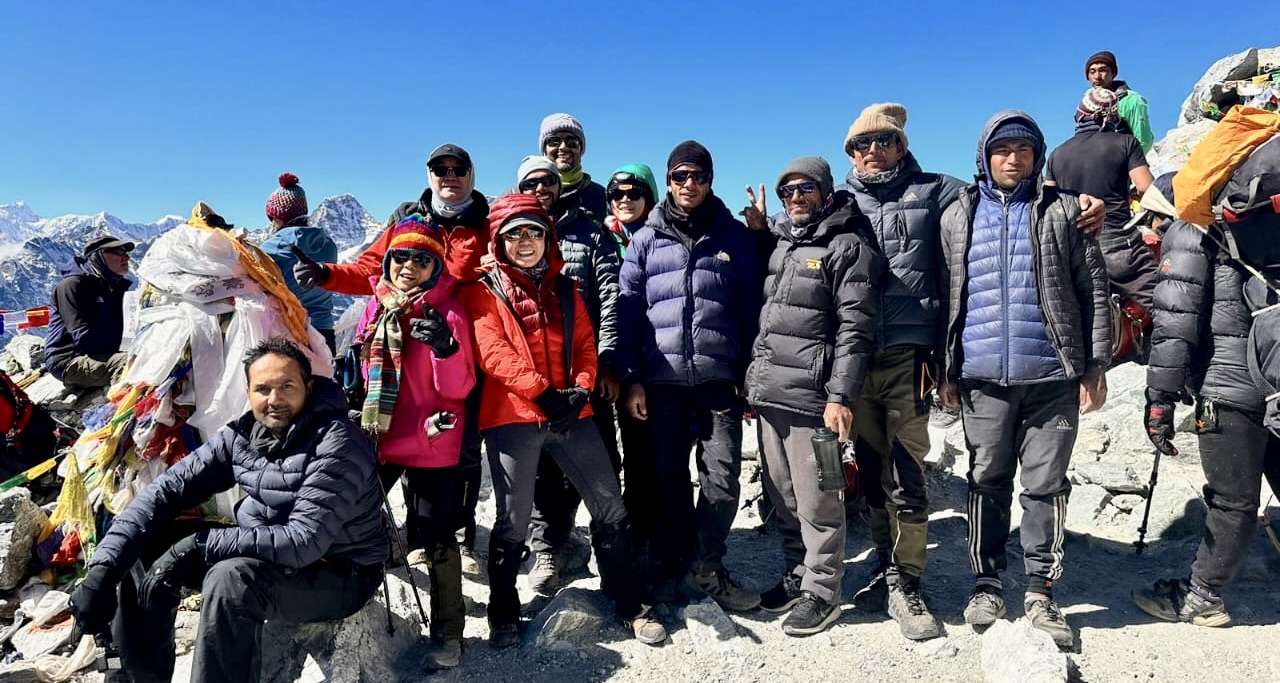
As you prepare for this life-changing expedition, remember that the most valuable souvenirs will be your photographs and memories of this remarkable landscape. Take time to document your journey thoughtfully, and practice responsible tourism by respecting local customs, minimizing your environmental impact, and supporting community initiatives. The Everest region isn't just a backdrop for personal achievement—it's a living cultural treasure and fragile ecosystem that deserves our protection. With Luxury Holidays Nepal as your guide, your Everest Base Camp trek will transform from a simple hiking adventure into an unforgettable, multidimensional experience that will stay with you long after you've returned home.
If you need any further information, please contact us by email: [email protected], Phone: +977- 985 100 5129 (WhatsApp).

